Ultimate USB-C to USB-A Cable: 2025 Guide
Unlocking the power of usb-c: Your Guide to USB-C to USB-A Cables
Hi everyone! I&m Alex, and I&ve spent the last decade immersed in the world of technology, specifically focusing on the evolution of connectivity standards. Today, we&re diving deep into the often-confusing world of USB-C to USB-A cables. With so many options available, understanding their nuances can feel overwhelming. This guide will equip you with the knowledge to choose the right USB-C cable for your needs, whether you&re a seasoned tech enthusiast or just looking to upgrade your setup.
What is a USB-C to USB-A Cable, and Why Would I Need One?
In short, a USB-C to USB-A cable allows you to connect devices with a USB-C port (like many newer laptops, smartphones, and tablets) to devices with a USB-A port (like older computers, external hard drives, and printers). You need one if you have a newer device with a USB-C port and want to connect it to an older device that only has a USB-A port. It&s the bridge between the old and the new.
What are the Key Differences Between USB-C and USB-A?
USB-C is the newer, more versatile standard. It&s smaller and reversible, meaning you can plug it in either way up, unlike the older USB-A connector. USB-C also supports faster data transfer speeds and higher power delivery, making it ideal for charging laptops and other power-hungry devices. USB-A, on the other hand, is the older standard, larger and not reversible, offering slower speeds and lower power delivery capabilities. This simple cable acts as a crucial adapter in our increasingly mixed technology environment.
What Features Should I Look For in a USB-C to USB-A Cable?
The best USB-C to USB-A cable for you depends on your needs. Here&s what to consider:
- Data Transfer Speed: Look for cables that support USB 3.0 or USB 3.1 for faster speeds if you&re transferring large files. USB 2.0 will work, but it&ll be significantly slower.
- Power Delivery (PD): If you need to charge your device, ensure the cable supports the appropriate wattage. Higher wattage cables can charge faster and are often needed for laptops.
- Cable Length: Choose a length that suits your needs. Too short, and you&ll be restricted; too long, and you might experience signal interference.
- Durability: Look for cables with reinforced connectors and durable materials to ensure longevity. Braided cables are generally more durable than standard ones.
- Certifications: Opt for cables from reputable brands that have undergone rigorous testing and meet industry standards.
How Can I Tell if My USB-C to USB-A Cable is Fast Enough?
The simplest way is to check the cable&s packaging or description. Look for keywords like “USB 3.0,” “USB 3.1,” or “SuperSpeed.” These indicate faster data transfer rates. If you&re unsure, you can test the transfer speed using a file transfer utility on your computer. If your WordPress site requires frequent large file uploads, then a fast cable is essential.
Which USB-C to USB-A Cable Brands are Recommended?
There are many reputable brands offering high-quality USB-C to USB-A cables. Some popular choices include Anker, Belkin, and Cable Matters. These brands often offer a range of cables with varying features, lengths, and price points to suit different needs. Always check customer reviews before purchasing to get a better understanding of the cable&s performance and reliability.
What are the Potential Downsides of Using a USB-C to USB-A Cable?
While convenient, using a USB-C to USB-A cable can have some limitations. The primary downside is that you&re limited by the capabilities of the USB-A port. Even if your USB-C device supports high-speed data transfer or fast charging, the USB-A port might not be able to keep up. This means slower data transfer speeds and potentially slower charging times compared to using a direct USB-C connection. For optimal performance, always aim for connections that match the capabilities of your device.
How Do USB-C to USB-A Cables Impact Web Development Workflow?
For web developers, reliable data transfer is crucial. A fast USB-C to USB-A cable can significantly improve your workflow when transferring large files, such as project backups, high-resolution images, or video assets. A slow cable can lead to wasted time and frustration, especially during critical project phases. Choosing a high-quality cable ensures seamless data transfer, enhancing your overall efficiency in web development.
Where Can I Buy a Reliable USB-C to USB-A Cable?
You can find USB-C to USB-A cables at various retailers, both online and offline. Popular online retailers include Amazon, Best Buy, and Newegg. You can also find them at local electronics stores. When purchasing, always check reviews and ensure the cable is from a reputable brand to guarantee quality and performance.
Troubleshooting: My USB-C to USB-A Cable Isn&t Working. What Should I Do?
If your USB-C to USB-A cable isn&t working, here are some troubleshooting steps:
- Try a different port: Test the cable with different USB-A and USB-C ports on your devices.
- Try a different cable: If possible, test with a different USB-C to USB-A cable to rule out a faulty cable.
- Check the device drivers: Ensure that the drivers for your devices are up-to-date.
- Restart your devices: A simple restart can sometimes resolve connectivity issues.
- Check for physical damage: Inspect the cable for any signs of damage, such as bent pins or frayed wires.
If none of these steps work, the problem might lie with your devices or their drivers. Consult the manufacturer&s website or contact their support for further assistance.
Shop Related Products on eBay
Find the best deals on these recommended products:
New
Ships from US
New
Ships from US
New
Ships from US
New
Ships from US
As an eBay Partner, we earn from qualifying purchases. Prices and availability subject to change.
… (Content truncated for length) …
About the Author:
Poly Kaza is a seasoned technology journalist and wearable tech enthusiast with over a decade of experience reviewing and analyzing the latest innovations in smart devices. He has a deep understanding of the underlying technologies that power smartwatches and a passion for helping consumers make informed decisions about their digital companions. His work focuses on bridging the gap between complex technical specifications and practical user experience, with a keen eye on how wearables impact daily life and health.
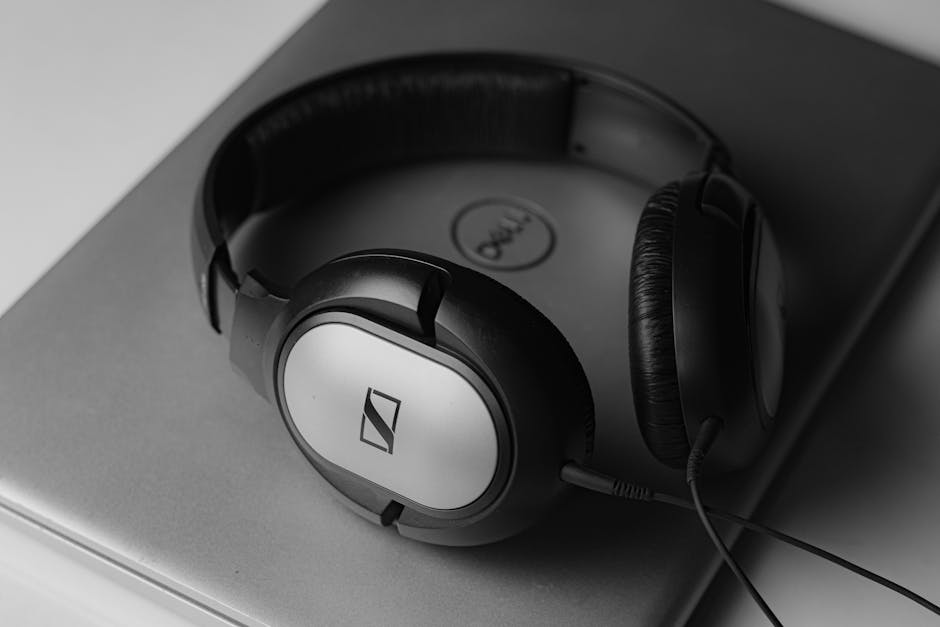
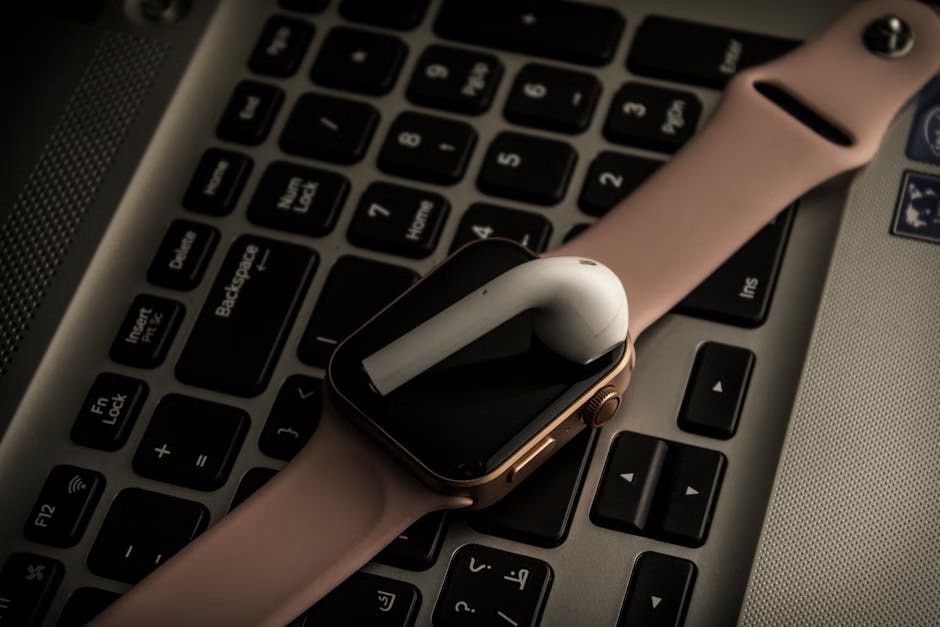


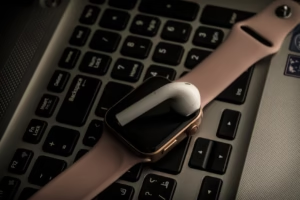

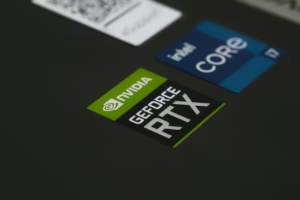

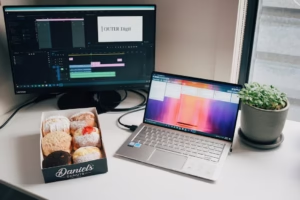




4 comments